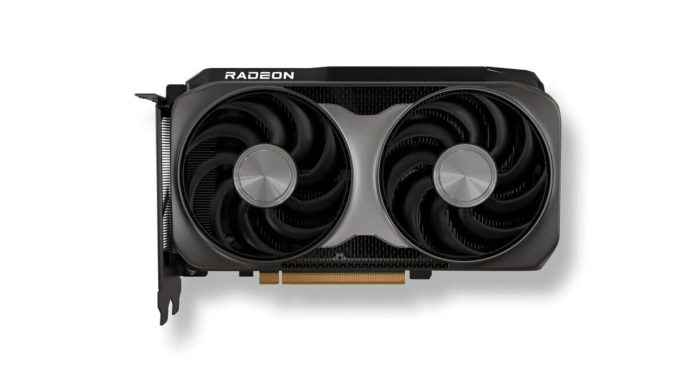AMD is working on their next generation of graphics cards with their new RDNA 5 architecture. The company is targeting on-par performance with Nvidia’s RTX 5080 GPUs according to some leaks and rumours. This flagship GPU is expected to launch in the second half of 2026. It marks a significant leap for AMD, especially in ray tracing capabilities, where it has always lagged behind Nvidia.
The new high-end GPU from AMD is based on the upcoming UDNA architecture, another name for RDNA 5. It is said to mirror the Radeon RX 7900 XTX in configuration, including 96 compute units and a 384-bit memory bus. The midrange and budget variants in this series will feature reduced compute units and narrower memory buses, like the RX 9070 XT and 9060 XT.
According to rumours, we will see about a 20% improvement in rasterisation performance over RDNA 4. But the most significant boost will be in ray tracing performance, which is said to be double compared to the previous generation.
This improvement is significant because while AMD’s RDNA 4 and 3 GPUs support ray tracing, they are still far behind Nvidia’s offering. According to benchmarks, the Radeon RX 9070 XT can easily outperform the flagship 7900 XTX in ray tracing despite being less powerful in traditional rasterisation. This suggests that AMD is strictly focusing on increasing ray tracing efficiency in the next generation of GPUs.
AMD is treating this RDNA 5 as a complete redesign, a full architectural overhaul similar to the Zen architecture in their CPUs. This developmental shift could serve as a critical turning point for Radeon GPUs. In addition to the PC market, AMD’s UDNA architecture is expected to power the next generation of consoles, including PlayStation 6 and the next generation of Xbox.
In summary, AMD’s RDNA 5 promises a major step for the next generation of Radeon GPUs, delivering better performance, including significant ray tracing improvements, to compete with high-end GPUs from Nvidia.
